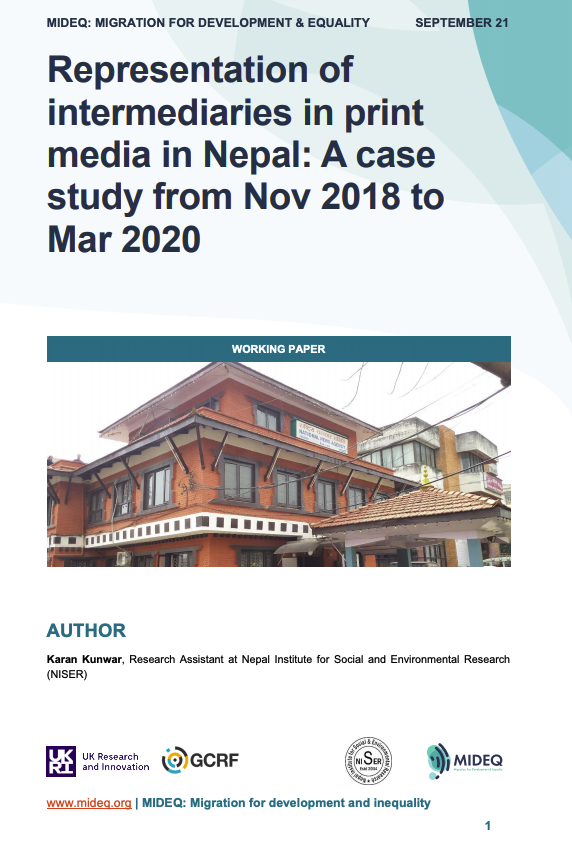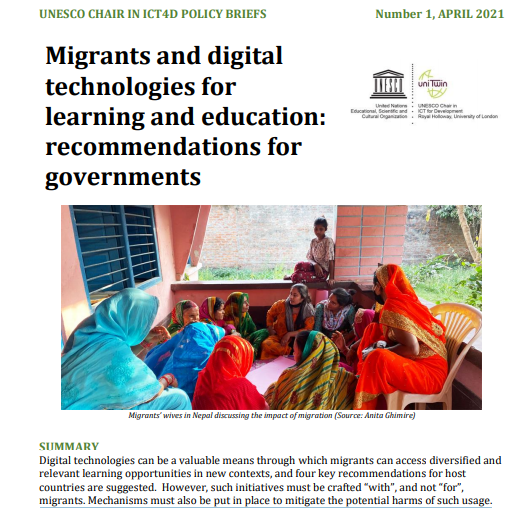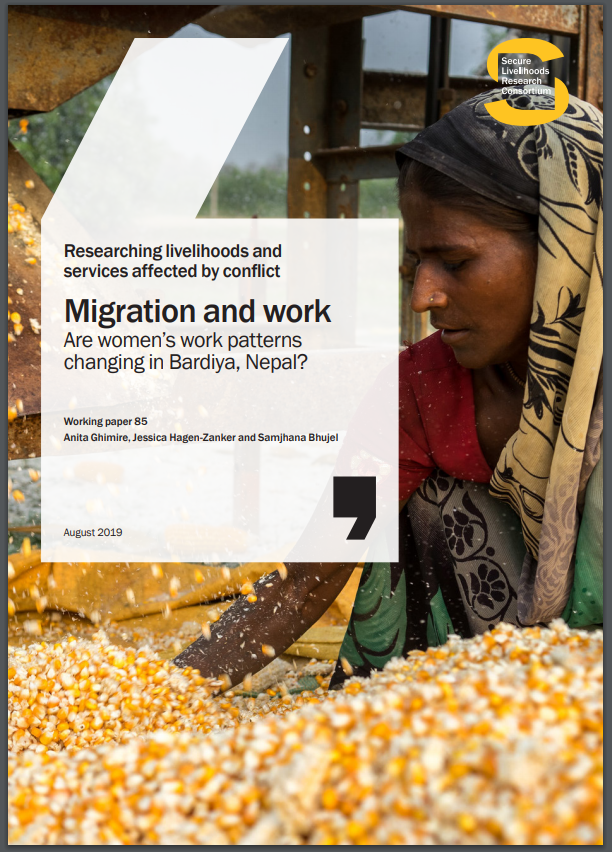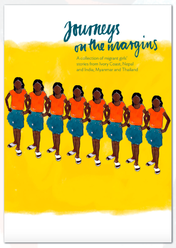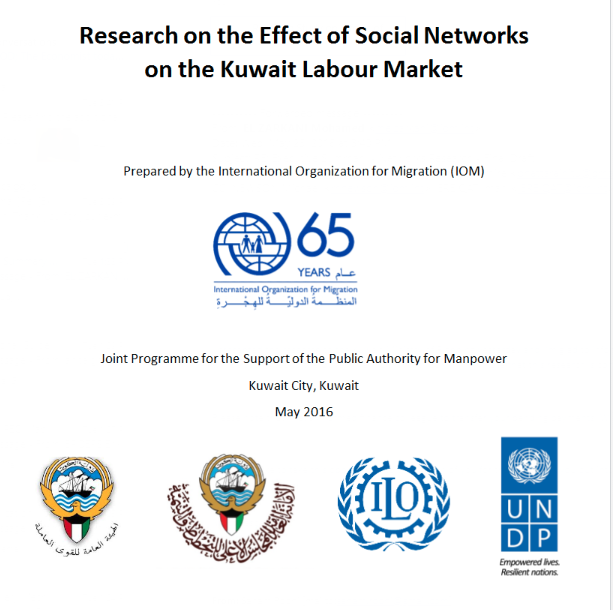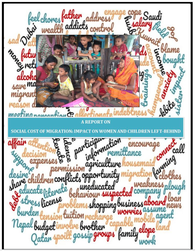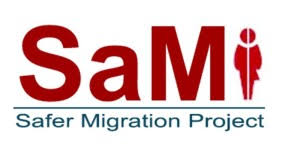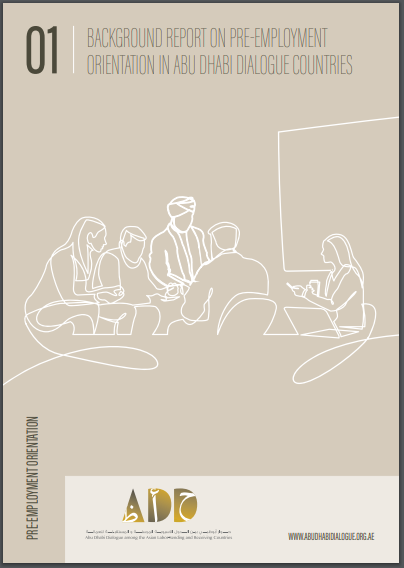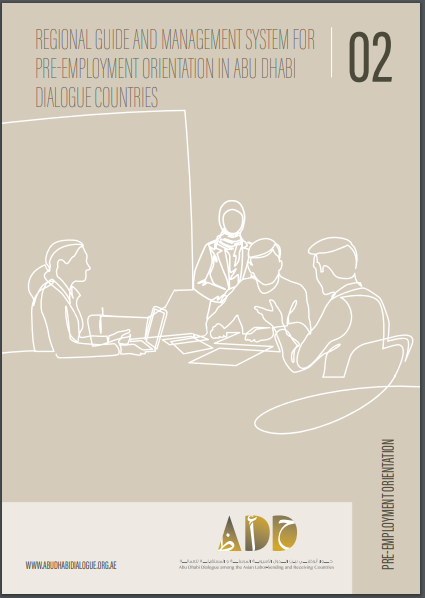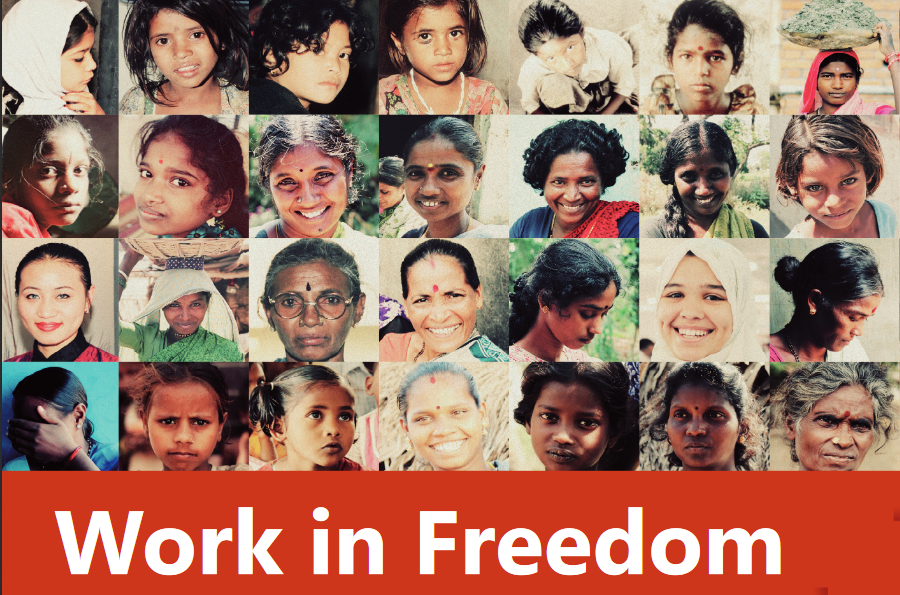Impacts of COVID-19 on Wives of Nepali Migrants and Future Foreign Employment Decision-making
|
With over 55% of households having labour migrants and over 25% of the GDP attributable to migrants’ remittance, migration plays an important role in economic development of Nepal but also in overall well-being of the Nepali households. While there have been considerable studies on the impact of migration both from social and economic perspectives, little is known about how migrants and their house-holds make decisions to migrate. Moreover, there is limited research on how crisis in destination countries affect migration decision-making among migrants and their left-behind household members. This article discusses the experience of migrants’ wives during the pandemic in relation to their husband’s migration, alternative livelihood experience of migrants (returnees, those on a holiday and aspiring migrants) in the home country, impacts of COVID-19 ban on aspiring migrants, and aspiring migrants and their wives’ perspectives towards future foreign employment.
|
In Between Escapade and Peril: The Impact of COVID-19 on Nepali Returnees and Their Families
|
The outbreak of COVID-19 has damaged the world economy, resulting in the termination of thousands of jobs which affects migrants and their families who have both economic and other investments in migration. This article explores the experiences and challenges of Nepali migrant workers who returned from Malaysia and their wives who were left behind when they originally migrated.
|
Representation of intermediaries in print media in Nepal:
a case study from Nov 2018 to Mar 2020
|
Print media often shapes the perceptions of everyday people towards certain actors and so is an important factor in forming ‘discourses’ and shaping policies. However, there is a lack of analysis of how print media portrays intermediaries in Nepal. Hence in this paper we analyse the way print media has portrayed migration intermediaries. We particularly look at language, discourse and images as they are crucial factors in the production of meaning and (re)shaping the “shared meaning” of intermediaries for a larger discussion in society. The paper is divided into three key parts. Firstly, it gives a brief background on intermediaries including explaining who “intermediaries” are as per the operational definition used in this paper. It also gives their current status in Nepal. The second part describes the methodological approach applied to gather information on representation of those actors in the print media. Finally it discusses findings on the portrayal of intermediaries. The final part is some insights into filling some gaps in ways media can facilitate factual discourse shaping of intermediaries calling for broader understanding of the actors involved in intermediaries. |



